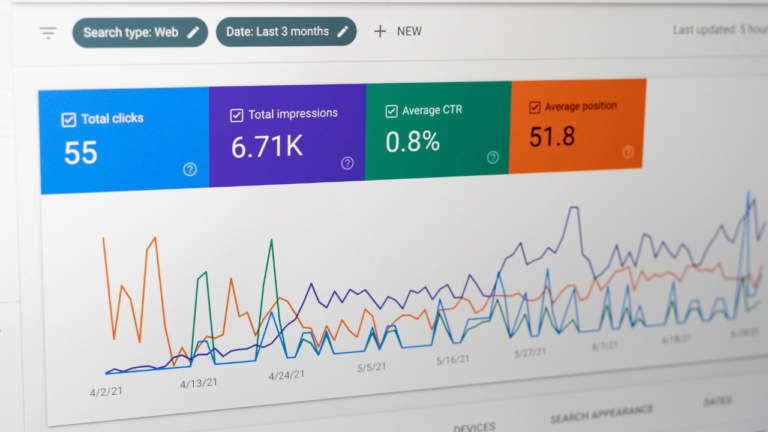We’ve compiled a list of what web advertisers want from their ads. Advertising agencies and marketers use different tactics to reach your target audience based on their interests and demographics. They also try to influence how people think about products by using quality content and words that appeal to their emotions.
What Web Advertisers Want?
Advertisers want (mainly) mass. They’d want the Super Bowl, Google’s home page, and the fastest path to the greatest number of people. It’s simpler that way. It’s more enjoyable. It entails less danger.
But, of course, it is too expensive.
As a result, data. Data is a method of obtaining mass, but just the mass they desire. It’s a method of spending less overall (but more per individual) with the belief that the return would increase. It’s also trendy, and advertising adore trends.
Because the internet cannot be a mass media, the march toward data has been ongoing since the early days of the internet, at least since 1999, when internet advertising network first appeared. There are too many channels and too much engagement. The competition for data is on as it splinters further but costs more money to run.
Being there at the start of the surveillance race, as well as the alternative on which marketers and the general public may (surprisingly) agree: restrictions.
Limits allow potential advertisers to return to what they really want to do, and they allow the rest of us to feel secure in a non-commercialized, non-invasive place.
There will be no serious legislative restrictions on ad intrusion, hyper-targeting, and spying until we press for them. The ratchet will continue to revolve.
Engagement Rate.
People who click on an ad are more likely to buy something than those who don’t. That’s because clicking on an ad means that a person has shown interest in the product or the brand being advertised. This makes them more likely to purchase it.
The act of interacting with an ad element is known as ad engagement. The notion was initially used to Internet advertising formats that are intrinsically interactive like display ads, but it is spreading to other advertising media as it becomes feasible to engage with a TV commercial (through remote control or a second screen) or with a digital display support.
In the realm of web and mobile advertising, ads engagement is frequently defined as any interaction with an advertising element other than clicking. Engagement is mostly used for rich media formats and serves as an extra efficiency measure in addition to click-through rates and post-view metrics.
For example, the commitment may result in the situation that:
- induce the expansion of an expandable banner ads
- start or restart the playback of an advertising video
- to comment in a promoted post for social media
- to play back a rich media production
- to “like” an advertisement
Treating an interaction as engagement might be deceptive because a mouseover can be wholly inadvertent.
An engagement rate can be used to quantify engagement.
Relevancy Of Your Campagn.
In order to maximize the effectiveness of your advertising campaign, you need to make sure that your ads are relevant to the audience you’re targeting. If your ads aren’t relevant, then you won’t see much success with them.
To ensure campaign success, the two most popular providers, Google Ads and Facebook Ads, provide performance indicators. E-commerce businesses might benefit from using the AB Testing approach as well.

Measuring Your Campagne’s Performance
Whatever your budget and objectives, you must establish success indicators (Kpi) and continuously measure the effectiveness of your campaigns. You can get these information from three different sources:
- Statistics provided by the ad network
- statistics provided by your website’s analysis tool (Analytics)
- performance of your conversion rate: the “brand” that you have created
These data will allow you to pilot your e-commerce and optimize your budgets by deciding how to segment them based on the behaviors (Behavioral Targeting) of your target audience.
As an example, consider Google’s quality score.
The quality score is an algorithm that measures the performance of an adwords campaign as well as the advertiser’s account.
Maintain and improve the “quality index” of your Adwords campaigns:
- Click-through rate: Google considers each click on your ad to be a “vote” from the visitor (target for 3 to 5%).
- Relevance: The correspondence between the terms in the ad space and those typed by the Internet user.
- The “Landing page’s” quality: the landing page’s relevancy in terms of keywords and the uniqueness of its content and also in terms of user experience.
- The history of advertising campaigns that provides advertisers with a qualitative edge over time.
Always Use “A/B TESTING” In Your Campagns
If you execute advertising campaigns using “variants” on a regular basis, the various metrics you take will have an even greater influence.
The idea is simple: you produce variations for the same goal in order to preserve just the top performing and relevant ads. Please keep in mind that the versions must only differ in one way.
Several factors, for example, will need to be tested:
- Ads titles
- Keyword variations
- The formalization of the offer (for example, in % or in $)
- Elements of design (photos, graphics, etc.)
- Hooks for advertisements
- Types and quantities of bids
- Landing page content (landing pages on the web site)
- Target consumer segmentation that can be refined.
Ads on Google and Facebook therefore remain complementary and are primarily aimed at e-merchants with a clear strategy and objectives. Errors in targeting, keyword choice or simply relevance can be very expensive, with some merchants sometimes even seeing their budgets destroy their margins. However, well-managed campaigns not only bring in turnover but are a very effective lever for establishing the credibility of a brand.
Conversions Rate.
The conversion rate is the primary metric for measuring the effectiveness and profitability of a campaign. It also enables you to alter the setup of a campaign and maximize its impact on your targeted consumer. Google gives advertisers a lot of leeway in creating their own goals and conversion conditions.
Conversion rate refers to how often people actually take some kind of action after viewing an advertisement. It’s calculated by dividing the number of conversions (e.g., clicks) by the total impressions (i.e., the number of times the ad was displayed). A conversion might be a sale, a lead, or any other action taken by a consumer.
They Want You To Click.
It’s no secret that people click on ads because they want something. Whether it’s a free sample, an email address, or just some attention, people will click on anything that promises them something. So, when you advertise online, you need to make certain that your ads are enticing enough to capture the attention of your potential customers.
Brand Advertisers spend tens of billions of dollars on ad networks and they want to reach the right customers, at the right time, at the right price.
Web advertisers are looking for a return on investment (ROI) and not just filling up their sites with ads.
They need to know that the ads are as relevant to their viewers needs as possible.
For them, it’s about being able to target and measure results without delay.
Read more about how to use web advertising here.






